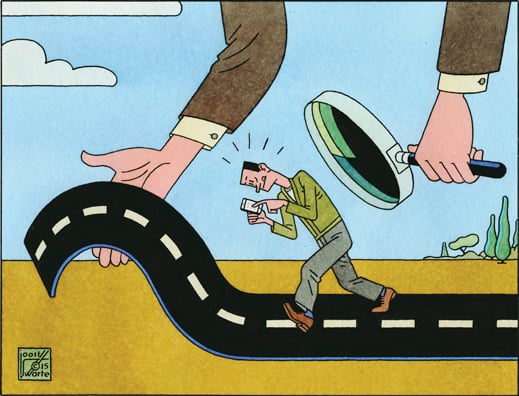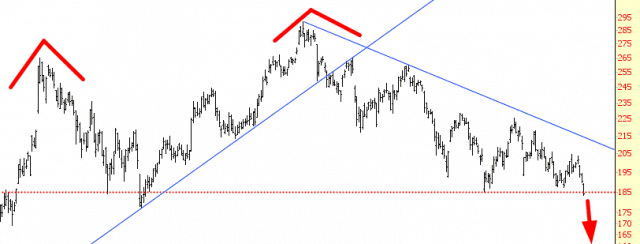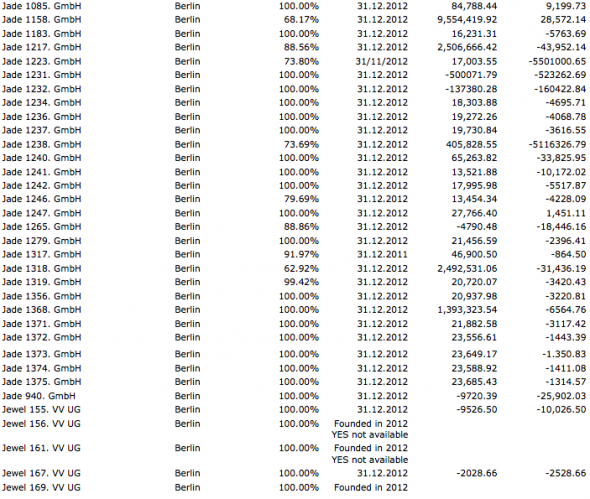Stanford University's Literary Lab presents Pamphlet 9:
Franco Moretti
Dominique Pestre
What can quantitative linguistic analysis tell us
about the operations and outlook of the international financial
institutions? At first glance, the words most frequently used in the
World Bank’s Annual Reports give an impression of unbroken continuity. Seven are near the top at any given time: three nouns—bank, loan/s,development—and four adjectives: fiscal, economic, financial, private. This septet is joined by a handful of other nouns: ibrd, countries, investment/s, interest, programme/s, project/s, assistance, and—though initially less frequent—lending, growth, cost, debt, trade, prices. There is also a second, more colourless set of adjectives—other, new, such, net, first, more, general—plus agricultural, partly replaced from the 1990s by rural. The message is clear: the World Bank lends money for the
purpose of stimulating development, notably in the rural South, and is
therefore involved with loans, investments and debts. It works through
programmes and projects, and considers trade a key resource for economic
growth. Being concerned with development, the Bank deals with all sorts
of economic, financial and fiscal matters, and is in touch with private
business. All quite simple, and perfectly straightforward.
And
yet, behind this façade of uniformity, a major metamorphosis has taken
place. Here is how the Bank’s Report described the world in 1958:
The Congo’s present transport system is geared mainly to the export
trade, and is based on river navigation and on railroads which lead
from river ports into regions producing minerals and agricultural
commodities. Most of the roads radiate short distances from cities,
providing farm-to-market communications. In recent years road traffic
has increased rapidly with the growth of the internal market and the
improvement of farming methods.
And here is the Report from half a century later, in 2008:
Levelling the playing field on global issues
Countries in the region are emerging as key players on issues of
global concern, and the Bank’s role has been to support their efforts by
partnering through innovative platforms for an enlightened dialogue and
action on the ground, as well as by supporting South–South cooperation.
It’s almost another language, in both
semantics and grammar. The key discontinuity, as we shall see, falls
mostly between the first three decades and the last two, the turn of the
1990s, when the style of the Reports becomes much more codified,
self-referential and detached from everyday language. It is this
Bankspeak that will be the protagonist of the pages that follow.
i. semantic transformations
Nouns
are at the centre of World Bank Reports. During the first two decades,
1950–70, the most frequent among them can be grouped in two main
clusters. The first, obviously enough, encompasses the economic
activities of the Bank: loan/s, development, power (in the sense of electricity), programme, projects, investment, equipment, production, construction, plant; further down the list are companies, facilities, industry, machineries, followed by a string of concrete terms like port, road, steel, irrigation, kWh, river, highway, railway—and then
timber, pulp, coal, iron, steam, steel, locomotives, diesel, freight,
dams, bridges, cement, chemical, acres, hectares, drainage, crop,
cattle, livestock. All quite appropriate for a bank which offers
loans and investments (the only explicitly financial terms in this long
list) to promote a variety of infrastructural development projects.
The second noun cluster is much
smaller (just a dozen words), and describes how the Bank actually
operates. Confronted with existing demands, its experts analyse
numbers, but they also pay
visits, realize
surveys and conduct
missions
in the field; the classic ingredients of a scientific approach to a
complex situation, which requires the active presence of experts to
collect and elaborate the data. Afterwards, the Bank proceeds to
advise countries,
suggest solutions,
assist local governments and
allocate
its loans. Rhetorically, investment programmes are defined by the needs
of the local economy, according to the basic idea that investment in
infrastructure will lead to economic development and social well-being.
At the end of every cycle, the Bank specifies what has been
lent,
spent,
paid and
sold, and describes the equipment—
dams, factory, irrigation systems—that
has been put into operation. A clear link is established between
empirical knowledge, money flows and industrial constructions: knowledge
is associated with physical presence
in situ, and with
calculations conducted in the Bank’s headquarters; money flows involve
the negotiation of loans and investments with individual states; and the
construction of ports, energy plants, etc., is the result of the whole
process. In this eminently temporal sequence, a strong sense of
causality links expertise, loans, investments, and material
realizations....MUCH MORE (
25 page PDF)













